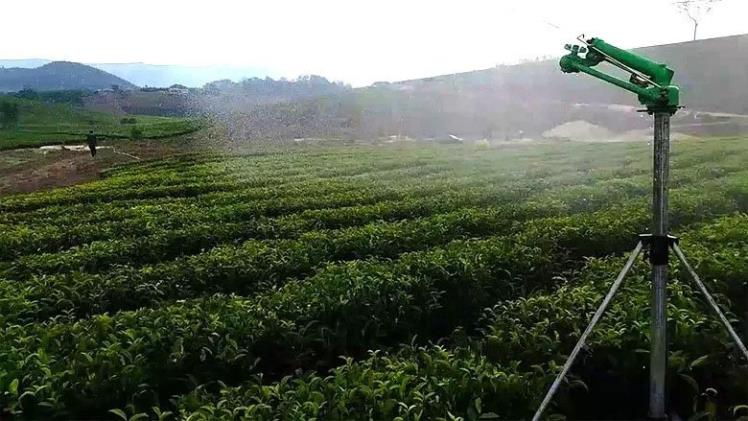This article explains a “rain gun,” and factors affecting the price rates in the market. Rain guns, also known as water cannons or irrigation guns, are popular for farmers and gardeners who need to water large areas of land quickly and efficiently. These machines shoot water into the air at high pressure, creating a fine mist that can easily cover a large area.
Rain guns are an essential tool for irrigation in agriculture. They provide a cost-effective way to cover large areas with water, enabling farmers to irrigate their crops without expensive irrigation systems.
However, choosing the right rain gun can be a daunting task, as many factors must be considered. Here are some of the key factors to keep in mind when buying a rain gun;
Water source and pressure
The first thing to consider is the water source and the pressure available. Rain guns require a minimum water pressure to operate effectively, so it’s important to ensure your water source can deliver the necessary pressure.
Coverage area
Another factor to consider is the coverage area of the rain gun. Different models are designed to cover different areas.
Spray pattern
The spray pattern of the rain gun is also an important consideration. Different rain guns have different patterns, such as circular, square, or rectangular, which can affect how the water is distributed over the area.
Durability and maintenance
Rain guns are exposed to the elements and can suffer from wear and tear over time. Choosing a durable rain gun from high-quality materials can help ensure it lasts many years. Additionally, consider the maintenance requirements of the rain gun to ensure that it can be easily serviced and repaired if needed.
Model
A rain gun is an irrigation equipment designed to simulate rainfall over a large area. It is commonly used in agriculture to water crops and can also be used in landscaping and other outdoor applications. There are different rain guns, but most operate using a similar principle.
The main components of a typical rain gun include a nozzle, a rotating head, and a water supply system. The nozzle creates a fine mist of water, which is then dispersed over a large area. The rotating head allows the rain gun to cover a large area without moving it manually.
The water supply system typically includes a pump, a hose, and a sprinkler head. The pump draws water from a source such as a well or a pond, and then the water is transported through the hose to the sprinkler head. The sprinkler head is connected to the rotating head of the rain gun, which distributes the water over a large area.
To operate a rain gun, the user typically needs to set the angle and the range of the sprinkler head. This can be done manually or with the help of an automated system. To achieve the desired water coverage, the user must adjust the water flow rate and pressure.
Conclusion
Despite these potential drawbacks, rain gun sprinkler remain popular among farmers and gardeners. Their efficiency and flexibility make them an ideal choice for large-scale irrigation needs, while their ability to conserve water and reduce labor costs can help offset the initial investment.
With proper maintenance and care, rain guns can provide years of reliable service and help ensure healthy crops and landscapes.

